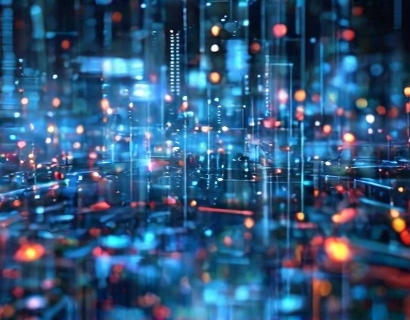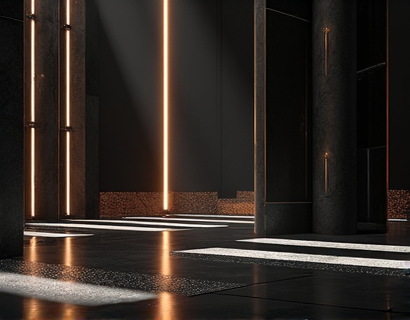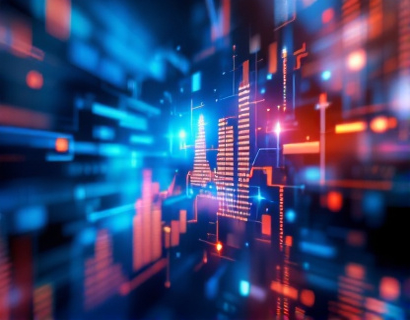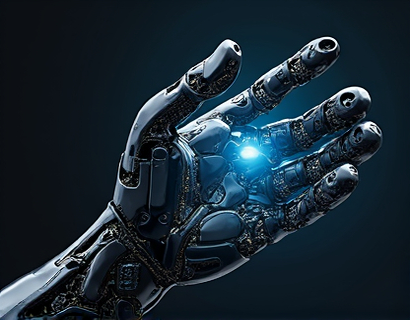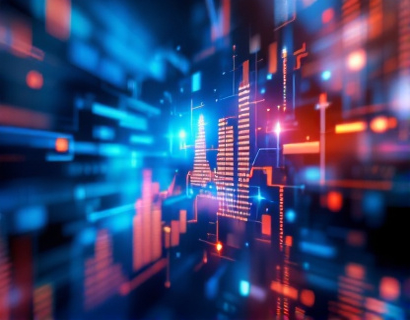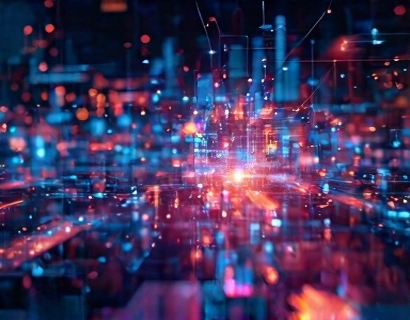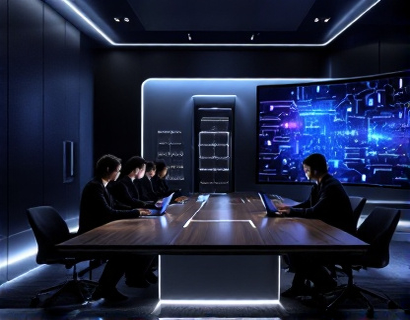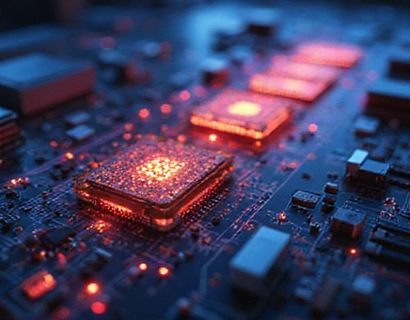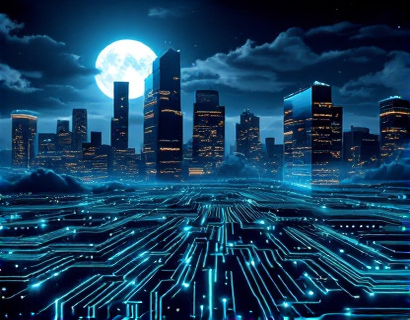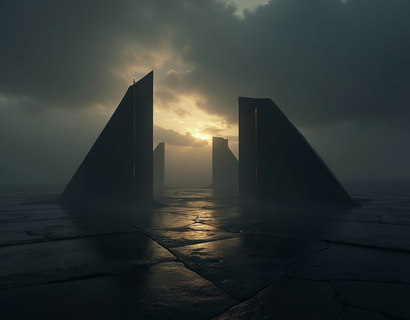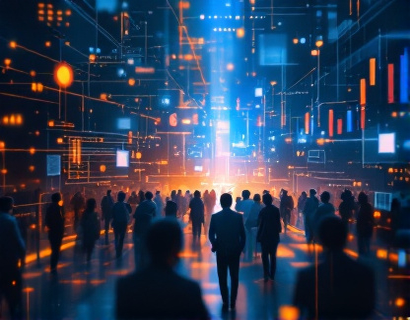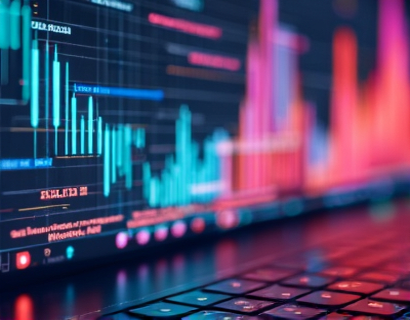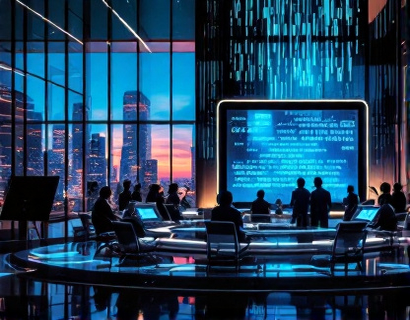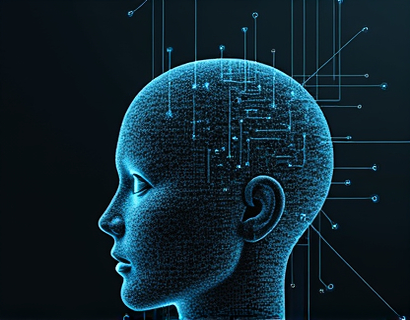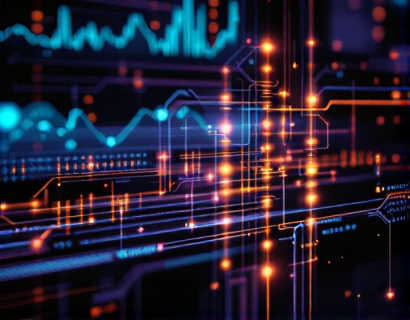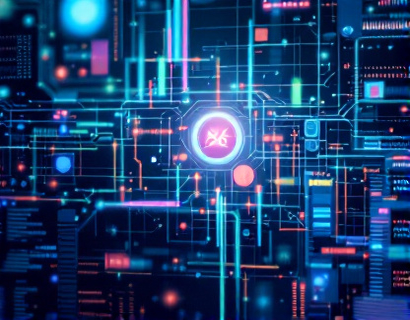Decentralized Organization Dynamics: Mastering the Software Stack for Universal Governance and Efficiency
In the rapidly evolving landscape of governance and operations, the concept of decentralized organizations has emerged as a transformative force. This guide delves into the intricacies of building and managing universal decentralized entities, focusing on the software stack that empowers seamless collaboration, transparency, and efficiency. Whether you are a seasoned enthusiast or a newcomer to the realm of decentralized governance, this article aims to provide a comprehensive understanding of the tools and principles necessary to master this cutting-edge approach.
Understanding Decentralized Organizations
Decentralized organizations, often referred to as decentralized autonomous organizations (DAOs), represent a novel paradigm in governance and management. Unlike traditional hierarchical structures, DAOs operate on a peer-to-peer network, where decision-making is distributed among participants. This distribution is facilitated by smart contracts, self-executing contracts with the terms directly written into code. The core principles of decentralized organizations include decentralization, transparency, and autonomy, which together foster a more inclusive and resilient governance model.
The Importance of a Robust Software Stack
A successful decentralized organization relies heavily on a well-designed software stack. This stack comprises various layers of technology that work in harmony to ensure the organization functions smoothly and efficiently. Each layer serves a specific purpose, from the foundational blockchain technology to the user interface that interacts with participants. Understanding and mastering this software stack is crucial for building a decentralized entity that can thrive in a dynamic environment.
Foundational Layer: Blockchain Technology
The foundation of any decentralized organization is blockchain technology. Blockchain provides a secure, transparent, and immutable ledger for recording transactions and storing data. This layer ensures that all actions within the organization are verifiable and tamper-proof. Popular blockchain platforms like Ethereum, Binance Smart Chain, and Solana offer different features and capabilities, each suited to specific use cases. Ethereum, with its extensive smart contract ecosystem, remains a leading choice for many DAOs due to its robustness and developer community.
Smart Contracts: Automating Governance
Smart contracts are self-executing contracts with the terms of the agreement directly written into code. They automate and enforce the rules and processes within a decentralized organization, reducing the need for intermediaries and minimizing human error. Smart contracts can handle a wide range of functions, from voting mechanisms and fund distribution to access control and dispute resolution. By leveraging smart contracts, DAOs can achieve a high degree of automation and transparency, ensuring that all operations are conducted according to predefined rules.
Middleware: Connecting Dots
Middleware serves as the bridge between the blockchain layer and the application layer. It facilitates communication and data exchange between different components of the software stack, ensuring seamless integration and interoperability. Middleware solutions can handle tasks such as cross-chain communication, data synchronization, and API management. This layer is critical for building a cohesive and scalable decentralized ecosystem, allowing various services and applications to work together harmoniously.
Application Layer: User Interfaces and Tools
The application layer is where users interact with the decentralized organization. This layer includes user interfaces, dashboards, and tools that provide a user-friendly experience. A well-designed application layer is essential for engaging participants and ensuring they can easily access and utilize the organization's features. Key components of this layer include web and mobile applications, dashboards for monitoring and managing assets, and tools for participation in governance processes.
Building a Resilient and Scalable Software Stack
Creating a resilient and scalable software stack is vital for the long-term success of a decentralized organization. This involves not only selecting the right technologies but also implementing best practices in development, deployment, and maintenance. Here are some key considerations to keep in mind:
- Modularity: Design the software stack in a modular fashion to allow for easy updates and scalability. Each module should be independent and reusable, enabling the organization to adapt to changing requirements without significant overhauls.
- Security: Security is paramount in decentralized systems. Implement robust security measures, including regular audits, secure coding practices, and multi-signature wallets to protect against potential threats.
- Interoperability: Ensure that the software stack can interact seamlessly with other blockchain networks and decentralized applications. This enhances the organization's flexibility and expands its potential use cases.
- Community Involvement: Engage the community in the development process to foster innovation and ensure the software meets the needs of all participants. Open-source projects, for instance, benefit greatly from community contributions and transparency.
Case Studies: Successful Decentralized Organizations
Examining real-world examples can provide valuable insights into best practices and common challenges. One notable example is MakerDAO, a decentralized finance (DeFi) platform that allows users to create and manage stablecoins. MakerDAO's software stack includes Ethereum for smart contracts, a custom blockchain for faster transactions, and a modular application layer for user interaction. The platform's success lies in its robust governance model, transparent operations, and strong community support.
Another example is Aragon, a platform for building and managing decentralized organizations. Aragon's software stack leverages Ethereum for smart contracts, a custom middleware for seamless integration, and a comprehensive application layer with tools for governance, fundraising, and community management. Aragon's approach emphasizes flexibility and ease of use, making it accessible to a wide range of users.
Challenges and Considerations
While the benefits of decentralized organizations are clear, there are several challenges and considerations to address:
Regulatory Uncertainty
The regulatory landscape for decentralized organizations is still evolving. Different jurisdictions have varying approaches to blockchain and smart contracts, which can create legal uncertainties. Organizations must stay informed about regulatory developments and consider compliance in their design and operations.
User Adoption and Education
Gaining widespread user adoption requires educating potential participants about the benefits and mechanics of decentralized organizations. Simplifying the user experience and providing clear documentation and support can help overcome this challenge. Community outreach and educational initiatives play a crucial role in fostering a knowledgeable and engaged user base.
Technical Complexity
Building a decentralized organization involves complex technical decisions and integrations. Ensuring the software stack is reliable, secure, and scalable requires expertise in multiple areas, including blockchain development, smart contract writing, and system architecture. Collaborating with experienced developers and leveraging established frameworks can mitigate some of these complexities.
Future Trends and Innovations
The field of decentralized organizations is rapidly evolving, with ongoing innovations poised to enhance their capabilities and adoption. Some key trends to watch include:
- Interoperability Protocols: Efforts to create standardized protocols for cross-chain communication are gaining momentum, enabling more seamless interactions between different blockchain networks.
- Layer 2 Solutions: Solutions like rollups and sidechains are being developed to improve blockchain scalability and reduce transaction costs, making decentralized organizations more efficient and accessible.
- Decentralized Identity: The emergence of decentralized identity solutions is enhancing user privacy and control, allowing individuals to manage their digital identities securely and autonomously.
These innovations will continue to shape the future of decentralized organizations, offering new opportunities for growth and improvement.
Conclusion
Mastering the software stack for universal governance and efficiency is essential for building and sustaining successful decentralized organizations. By understanding the foundational technologies, designing a robust and modular software stack, and addressing key challenges, enthusiasts can create resilient and scalable entities that thrive on collaboration, transparency, and efficiency. As the field continues to evolve, staying informed and adaptable will be crucial for navigating the exciting landscape of decentralized governance and operations.




